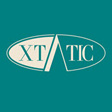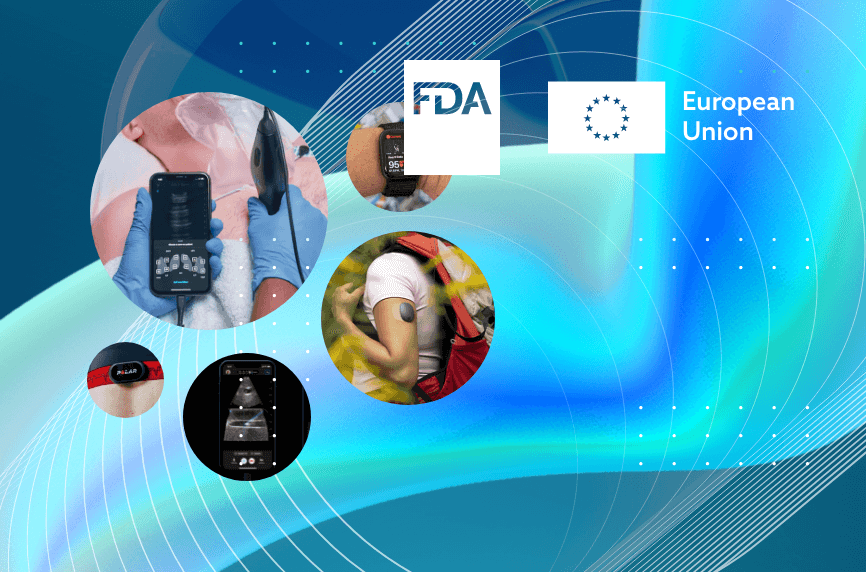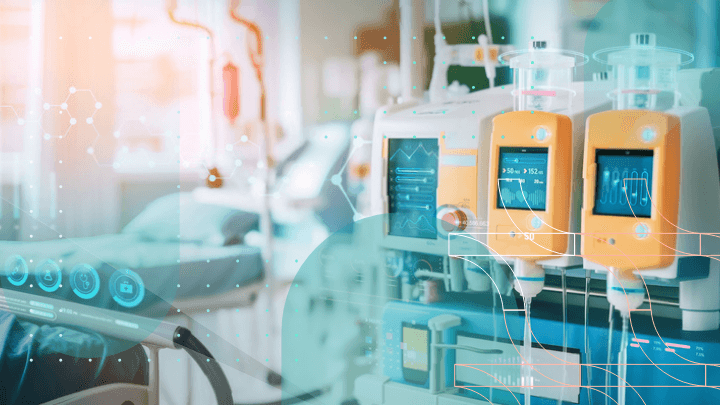The regulations for medical devices are constantly changing because they reflect ongoing innovations and safety standards. These changes have significant implications for manufacturers, healthcare providers, and patients.
There are currently two major regulatory updates that have transformed the industry. In Europe, the Medical Device Regulation (MDR) aims to enhance device safety and integrate modern technological advancements. Meanwhile, in the United States, the Food and Drug Administration (FDA) has chosen to implement the Unique Device Identification (UDI) system.
The FDA sees it as a step forward in device traceability and post-market surveillance. The implementation is aimed at improving patient safety and fostering medical device innovation. Understanding these changes is imperative for all stakeholders in the health tech industry as it will help you navigate a landscape where regulatory compliance is as dynamic as the technologies themselves.
Overview of the new medical device regulation (MDR) in the EU
The development and enactment of the EU’s MDR represent a significant transition from the previous regulation – the Medical Device Directive (MDD). The MDR, officially Regulation (EU) 2017/745, was adopted in April 2017 and came into full application on May 26, 2021. The adoption was delayed for one year following the global COVID-19 pandemic.
This new regulation replaced the MDD with a more comprehensive and stringent framework, aiming to enhance patient safety and adapt to modern technological advancements in medical devices. The change reflects a commitment to higher safety standards and greater control over the lifecycle of medical devices.
The primary objectives of the MDR are centered around enhancing protection against risks associated with medical devices and ensuring that the regulatory framework keeps pace with technological advancements. It aims to strengthen patient safety measures by imposing stricter requirements for clinical evaluation and post-market surveillance.
These requirements include more rigorous assessment procedures and continuous monitoring throughout a device’s lifecycle. The regulation is therefore designed to adapt to the emerging technologies in the medical device sector.
Importance of clinical data
MDR significantly amplifies the importance of clinical data in the regulation of medical devices. One of its defining features is the increased emphasis on manufacturers to continuously collect and evaluate clinical data throughout the postmarket phase of their devices. Such data includes safety and performance information from actual device usage.
Medical device manufacturers selling products in Europe are now required to comply with more stringent data requirements and ongoing clinical evaluation across the entire lifespan of the device. This fact necessitates robust technical documentation and clinical evidence to affirm their safety and efficacy.
The MDR defines clinical data as information relating to the safety or performance of a device that is generated from its use. This data can be obtained from various sources, including investigations of the device or studies reported in scientific literature.
Furthermore, the MDR emphasizes the need for post-market clinical follow-up (PMCF) studies. These studies are integral for collecting structured post-market data as they allow manufacturers to verify the clinical performance of their products.

Turn EU and US medical device regulatory challenges –into opportunities with expert guidance.
Learn how from our consultants. We work with clients worldwide.
Impact of EU MDR on product classification and conformity assessment
The introduction of the MDR broadens the definition of medical devices to include products not previously regulated, such as certain non-medical and cosmetic devices. With MDR the EU adds more stringent requirements for manufacturers to provide in-depth clinical data to support safety and performance claims, including tighter standards for proving equivalency.
Many medical devices have been reclassified to a higher-risk class under the MDR, and a new classification category has been established for reusable surgical instruments. These changes reflect the MDR’s emphasis on enhanced safety, performance, and oversight in the rapidly evolving medical device sector.
The MDR mandates complete lifecycle traceability for all medical devices which encompasses all stages from development through post-market activities. This approach, known as closed-loop traceability, involves tracking and documenting every stage of a medical device’s lifecycle.
The goal is to create a complete, unbroken record of information that can be used to monitor the device’s performance and quickly address any issues that arise.
It requires manufacturers to maintain comprehensive, interconnected quality systems that are transparent and capable of demonstrating compliance at any point during a device’s lifecycle. Additionally, the MDR establishes a new system for all manufacturers, importers, and distributors of new medical devices.
Changes in the US: understanding the FDA’s unique device identification system
The Unique Device Identification (UDI) system – a unique sequence of numbers related to a medical device, serves a crucial purpose in the identification and tracking of medical devices sold in the United States.
The system covers every stage from manufacturing to patient use. The UDI system aims to improve patient safety, modernize device postmarket surveillance, and foster medical device innovation.
When fully implemented, it offers multiple benefits including more accurate reporting and analysis of adverse events, reduction in medical errors, enhanced analysis of devices on the market, and effective management of medical device recalls.
The UDI also provides a foundation for a secure distribution chain, which is essential in addressing issues like counterfeiting and diversion. The UDI system is designed not only to improve safety and efficiency within the U.S. healthcare system but also to establish a medical device identification system recognized globally.
These requirements are part of a broader initiative to enhance the traceability and safety of medical devices in the healthcare system. They ensure more accurate reporting, analysis of adverse events, and efficient management of device recalls. The UDI system not only improves and facilitates medical device innovation but also establishes the foundations for a secure, global distribution chain.
Navigating post-market surveillance requirements under new regulations
Post-market surveillance plan
Manufacturers are required to create and implement a Post-Market Surveillance (PMS) plan as part of their technical documentation. This plan is key in ensuring the ongoing assessment and necessary corrective actions are applied throughout the lifecycle of the device. (10)
While the FDA does not mandate a specific PMS plan, manufacturers must comply with various post-market requirements.
They include surveillance studies under section 522 of the act, and post-approval studies at the time of the following requirements:
- Premarket Approval (PMA): an FDA review process for high-risk medical devices that aims to ensure their safety and effectiveness before each device can be marketed.
- Humanitarian Device Exemption (HDE): an FDA approval route for devices that treat or diagnose diseases affecting fewer than 8,000 individuals annually.
- Product Development Protocol (PDP) Application: an approval process allowing manufacturers to agree on evaluation stages with the FDA for medical device development and approval.

Maintain regulatory compliance throughout your medical device’s lifecycle.
Speak to an expert today, and see how our on-demand IT talent and augmented teams can efficiently deliver value at every step of your roadmap.

Reporting of adverse events and product problems
Under the MDR, Periodic Safety Update Reports (PSURs) are required for class IIa, IIb, and III medical devices, and class C and D in-vitro devices. These reports must include conclusions of the benefit/risk determination, main findings of post-market clinical or performance follow-up, sales volume, and estimated user population characteristics and usage frequency.
Manufacturers, importers, and device user facilities are required to report device-related adverse events and product problems to the FDA in order to comply with the MDR requirements in the USA. This includes mandatory reporting of any events that may have led to death or serious injury, and malfunctions that could lead to death or serious injury if they recur.
Compliance and audit readiness
The MDR emphasizes systematic data collection and analysis, and manufacturers must be prepared for audits to demonstrate compliance with these requirements.
Manufacturers and other firms involved in device distribution must follow requirements such as tracking systems, reporting of device malfunctions, serious injuries, or deaths, and registering the establishments where devices are produced or distributed.
The role of regulatory affairs professionals in the new medical device regulatory landscape
Regulatory affairs professionals in the medical device industry have expanded their responsibilities in both the premarket and postmarket phases of the new medical regulatory landscape. In the premarket phase, they play a crucial role in advising product development teams on regulatory strategies to ensure legal marketability.
This includes guiding decisions affecting regulatory submissions and timelines and coordinating global regulatory strategies for international distribution.
When product design is completed, they are responsible for drafting marketing submissions like the premarket notification (510(k)) in the U.S. With this they aim to ensure product claims are consistent with FDA-approved intended use and prevent misbranding risks.
In the postmarket phase, their role extends to device surveillance, including monitoring and reporting adverse events or malfunctions to the FDA. This involves reviewing postmarket surveillance reports to identify trends and potential device issues and initiating necessary actions such as voluntary recalls to prevent patient harm.
These responsibilities reflect the integral role of regulatory affairs professionals in maintaining compliance throughout the product lifecycle.
Conclusion
The implementation of the EU’s Medical Device Regulation and the FDA’s Unique Device Identification system has brought transformative impacts on the medical device industry. The MDR’s requirements have posed compliance challenges, set to change how new medical device regulations impact the health tech industry.
These changes are likely to lead to increased costs and operational complexities for you and your company. However, MDR also offers opportunities for innovation through digital transformation and data utilization across the device lifecycle.
Meanwhile, the FDA’s UDI system enhances device traceability and patient safety, improving adverse event reporting, reducing medical errors, and providing a foundation for a secure, global distribution chain. These regulatory changes show the urgent need for ongoing adaptation and evolution in the industry by balancing compliance with continuous innovation for patient safety and care.

Whether you’re a startup, a Fortune 100 company or a government organisation, our team can deliver a solution that works for you.
BGO Software
Sources:
- Unique Device Identification System (UDI System)
- https://www.thefdagroup.com/blog/mdr-vs-mdd-13-key-changes
- https://www.fda.gov/medical-devices/unique-device-identification-system-udi-system/benefits-udi-system
- https://www.fda.gov/medical-devices/postmarket-requirements-devices/mandatory-reporting-requirements-manufacturers-importers-and-device-user-facilities









